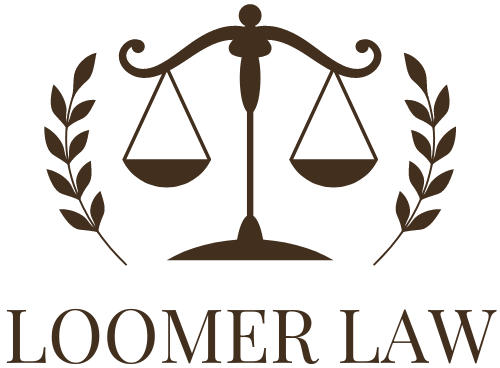Understanding Your Role as a Trustee
Being named a trustee can feel overwhelming at first, but it’s an essential role that comes with significant responsibilities. As a trustee, you are legally obligated to manage and protect the trust’s assets—which may include money, property, and investments—for the benefit of the beneficiaries. Your actions must align with the trust document’s instructions while maintaining honesty, integrity, and transparency.
This step-by-step guide will help you navigate your trustee duties effectively.
Step 1: Read and Understand the Trust Document
The trust document serves as your instruction manual. It outlines:
The grantor’s (creator’s) wishes for asset distribution.
Your specific responsibilities as a trustee.
A list of beneficiaries who will receive assets.
Special instructions regarding payments, investments, or conditions for distributions.
Tip: Read the trust document thoroughly multiple times. If any terms are unclear, consult a trust attorney to avoid mistakes and ensure compliance with legal obligations.
Step 2: Locate and Secure Trust Assets
After understanding the trust’s terms, your next responsibility is to identify and take control of the trust’s assets, which may include:
Bank Accounts: Checking, savings, and investment accounts.
Real Estate & Property: Homes, land, or commercial buildings.
Personal Valuables: Jewelry, art, collectibles, or heirlooms.
Contact banks, financial institutions, and investment companies to notify them of your trustee status. You may need to present legal documentation, such as a death certificate (if applicable) and a copy of the trust.
Step 3: Open a Dedicated Trust Account
Keeping trust finances separate from personal accounts is essential for accountability and legal compliance. Open a trust-specific bank account to handle:
✅ Deposits from trust assets
✅ Payments for trust expenses
✅ Distributions to beneficiaries
This separation ensures proper financial tracking and prevents legal issues down the line.
Step 4: Notify and Communicate with Beneficiaries
Beneficiaries are the individuals or entities entitled to receive assets from the trust. As a trustee, your role includes:
Identifying beneficiaries listed in the trust.
Introducing yourself as the trustee.
Providing transparency about how the trust will be managed.
Updating beneficiaries about distributions or key decisions.
Maintaining clear and professional communication helps establish trust and confidence in your role.
Step 5: Create an Inventory of Trust Assets
Prepare a detailed inventory of all assets within the trust, including:
Bank accounts and balances
Real estate and property values
Stocks, bonds, and investments
Valuables such as jewelry or artwork
Include estimated valuations where possible. This documentation is crucial for accounting and legal purposes.
Step 6: Understand Your Fiduciary Duties
As a trustee, you are held to the highest legal standard—a fiduciary duty—which requires you to:
✅ Act in the best interest of the beneficiaries.
✅ Make responsible financial and investment decisions.
✅ Avoid conflicts of interest.
✅ Maintain accurate records of all transactions.
Mismanaging the trust’s assets could lead to legal consequences, so always exercise care and due diligence.
Step 7: Seek Legal and Financial Guidance
Trust administration often involves complex legal, tax, and financial considerations. Consulting professionals—such as estate attorneys and financial advisors—can help you:
Navigate legal filings and tax obligations.
Understand state and federal trust laws.
Ensure you fulfill all fiduciary duties properly.
Although hiring an expert may seem like an added expense, it can prevent costly errors in the long run.
Step 8: Begin Managing the Trust’s Responsibilities
Once you’ve organized the trust’s finances and legal obligations, you can start fulfilling ongoing duties, such as:
📌 Paying trust-related bills and expenses.
📌 Managing investments responsibly.
📌 Distributing funds according to the trust terms.
📌 Filing annual trust tax returns (if applicable).
Keep detailed records of every transaction to ensure compliance with trust laws and provide transparency to beneficiaries.
Final Thoughts: Your Role as a Trustee
Taking on the role of trustee is a significant responsibility, but by following this step-by-step guide, you can successfully navigate trust administration with confidence and diligence.
📌 Stay organized.
📌 Communicate clearly with beneficiaries.
📌 Follow legal guidelines and fiduciary duties.
📌 Seek legal and financial guidance when needed.
By staying informed and proactive, you’ll ensure the trust serves its intended purpose while protecting the interests of the beneficiaries.
💡 Need help? Consult a trust attorney or financial advisor for expert guidance on trust administration. Your role as a trustee is crucial—make informed decisions to honor the grantor’s wishes effectively!
*This blog post is for informational purposes only and does not constitute legal advice; please consult a qualified attorney for guidance on your situation.©Laurel Loomer, 2024



